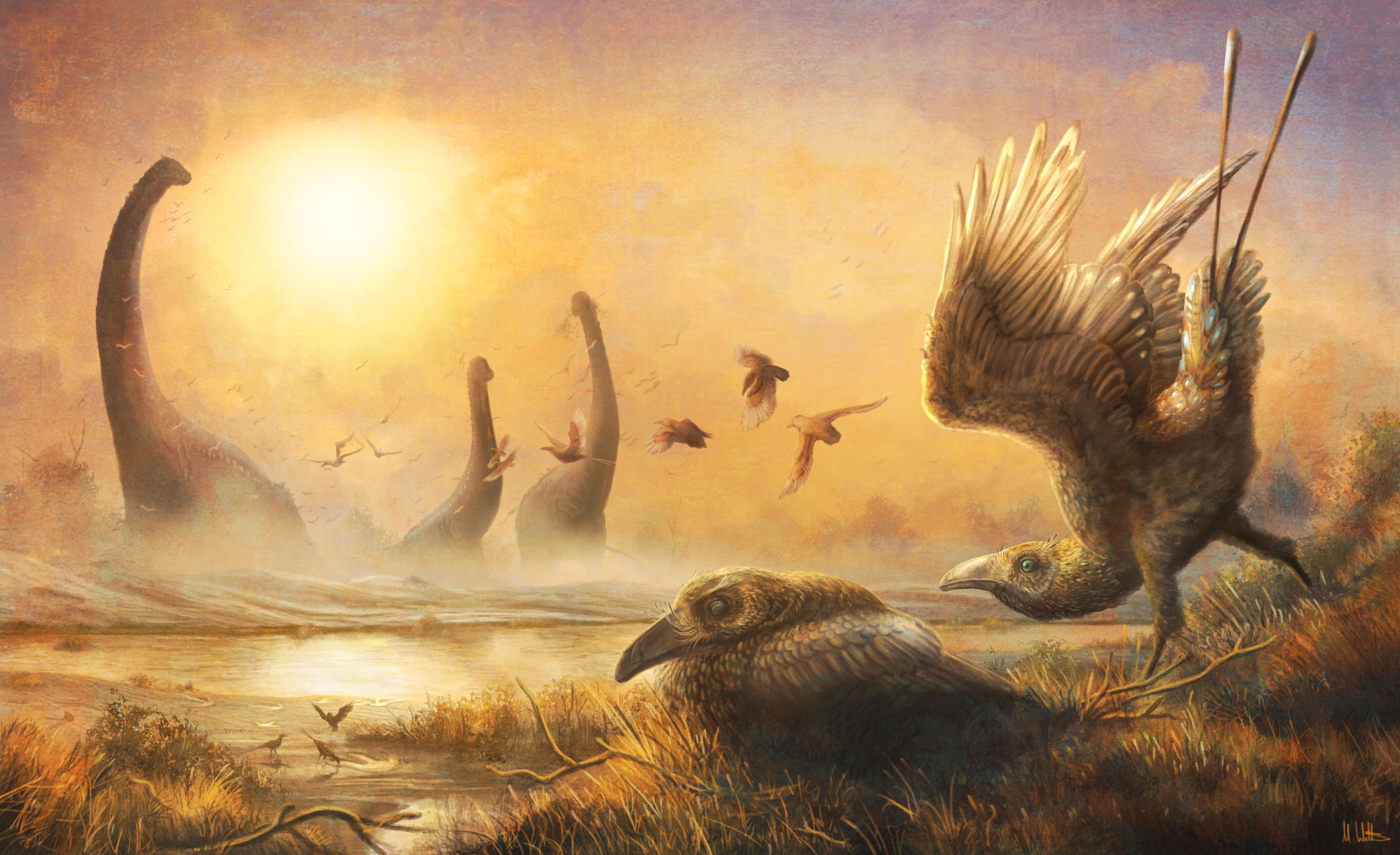In the mid-19th Century, Charles Darwin’s sharp observations on the variety of beak shapes among finches on the Galapagos Islands inspired his development of the evolution through natural selection theory.
A new bird fossil, discovered in what is now north-western Madagascar, provides new insights into our understanding of the evolution of birds.
The fossil represents a bird species named Falcatakely, a combination of Latin and Malagasy words inspired by the small size and the scythe-like shape of the bird’s beak. It was described by anatomist Patrick O’Connor, of the Ohio University, and his colleagues in a 25 November report published in the leading science journal, Nature.
The most intriguing feature of the new species, which lived in the Late Cretaceous era around 70 to 68 million years ago, is the upper part of its face. Unlike any known bird from the age of dinosaurs, it had a tall, long beak, with the Falcatakely’s beak describing a unique face shape among Mesozoic birds.
“Falcatakely might resemble any number of modern birds with the skin and beak in place. However, it is the underlying skeletal structure of the face that turns what we know about Mesozoic bird anatomy upside-down,” O’Connor says.
Despite an overall face shape similar to modern birds like toucans, the underlying skeleton is much more similar to nonavian theropod dinosaurs, such as the Deinonychus and Velociraptor.
The study’s authors believe that different developmental patterns of the facial skeleton can lead to a generally similar overall face shape in very different bird groups. However, it did so by modification of different facial bones in the two groups.
To compare the shape of Falcatakely’s face to other enantiornithine birds from the Cretaceous Period, as well as modern birds, the team used cutting-edge technologies. This included microCT scanning, digital reconstruction, and rapid 3D printing, according to anatomist Alan H. Turner, of Stony Brook University and the study’s co-author.
The application of these technologies was critical to visualising the anatomy of this new species.
“With this anatomical data in hand we used detailed comparisons to other Mesozoic dinosaurs and birds, to build a very large dataset of morphological features,” Turner said.
Paleontologist Holly Woodward, of Oklahoma State University adds, “For me, these results are especially surprising and exciting, because it demonstrates that evolutionarily, the same “problem” was solved two different ways.”
She notes that the enantiornithines species (extinct avialans) retained more dinosaur-like skull configurations, while modern birds diverged from that configuration. Both groups, however, were capable of evolving similarly-shaped skulls and enlarged beaks.




